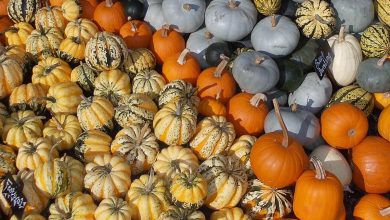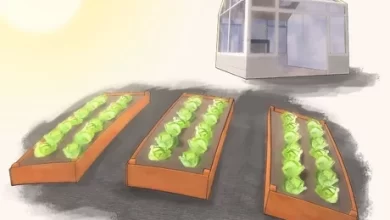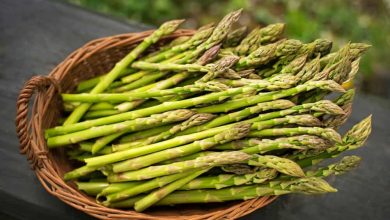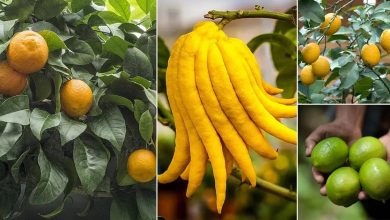How to plant tarragon


Artemisia dracunculus
Tarragon, also called dragon grass, is one of the most popular aromatic herbs in French cuisine. Perennial plant that normally reaches 60 to 150 cm in height, but which can reach 2 m, can be found growing spontaneously in much of the northern hemisphere. Cultivated tarragon is classified as French tarragon (or German tarragon), and Russian tarragon. French tarragon is considered the best for culinary use, being the most aromatic and the one with the best flavor. Russian tarragon has little aroma and flavor, but it is easier to grow, more resistant and grows more.

Climate
Tarragon grows best at temperatures between 4 ° C and 20 ° C, and can be grown in regions of temperate or subtropical climate. Russian tarragon withstands low temperatures better than French tarragon. In hot weather, tarragon tends to be tasteless.
Brightness
This plant needs at least a few hours of direct sunlight daily.

Ground
Cultivate preferably in light, moderately fertile, well-drained soil that does not retain much moisture, but can be grown even in poor or stony soils. Although it is quite tolerant of soil pH, a pH between 6 and 7.5 is recommended.
Irrigation
Irrigate in order to keep the soil slightly moist, and may allow the soil to dry superficially before further irrigation. This plant is sensitive to excess water, especially during the winter.

Planting
Only Russian tarragon can be propagated by seeds. French tarragon does not normally produce seeds and is propagated only by the division of well-developed plants or by cuttings.
The seeds of Russian tarragon can be sown directly in the final location or they can be sown in sowing or small pots, transplanting the seedlings when they are big enough to be handled. Leave the seeds in the soil no more than 0.5 cm deep. The seeds usually take 2 to 3 weeks to germinate.
For French tarragon, the most used method is the division of well-developed and healthy plants. A plant can be divided in order to obtain 3 to 5 seedlings. Branches can also be cut and planted in soil or sand, always kept moist until they take root.
The spacing can be 30 to 60 cm between the planting lines and 30 to 50 cm between the plants, depending on the size of the cultivar (French tarragon is smaller than Russian tarragon).
Tarragon can be grown in large pots and planters, but plants will have to be divided and replanted more often.
Cultivation
Remove invasive plants that are competing for nutrients and resources.
Renew the plantation every three or four years, dividing the plants to form new seedlings.

Harvest
Harvesting can normally begin 60 days after planting. Harvest branches or leaves when necessary and cut the entire shoot before winter. The leaves should be used fresh, as they lose flavor and aroma when dried.




